Considering embarking on the journey of cannabis cultivation but unsure about how to begin? This straightforward guide will walk you through the process of growing cannabis at home, whether for medicinal or recreational use. This tutorial will offer answers to your inquiries and introduce you to the fundamental concepts required to start immediately.
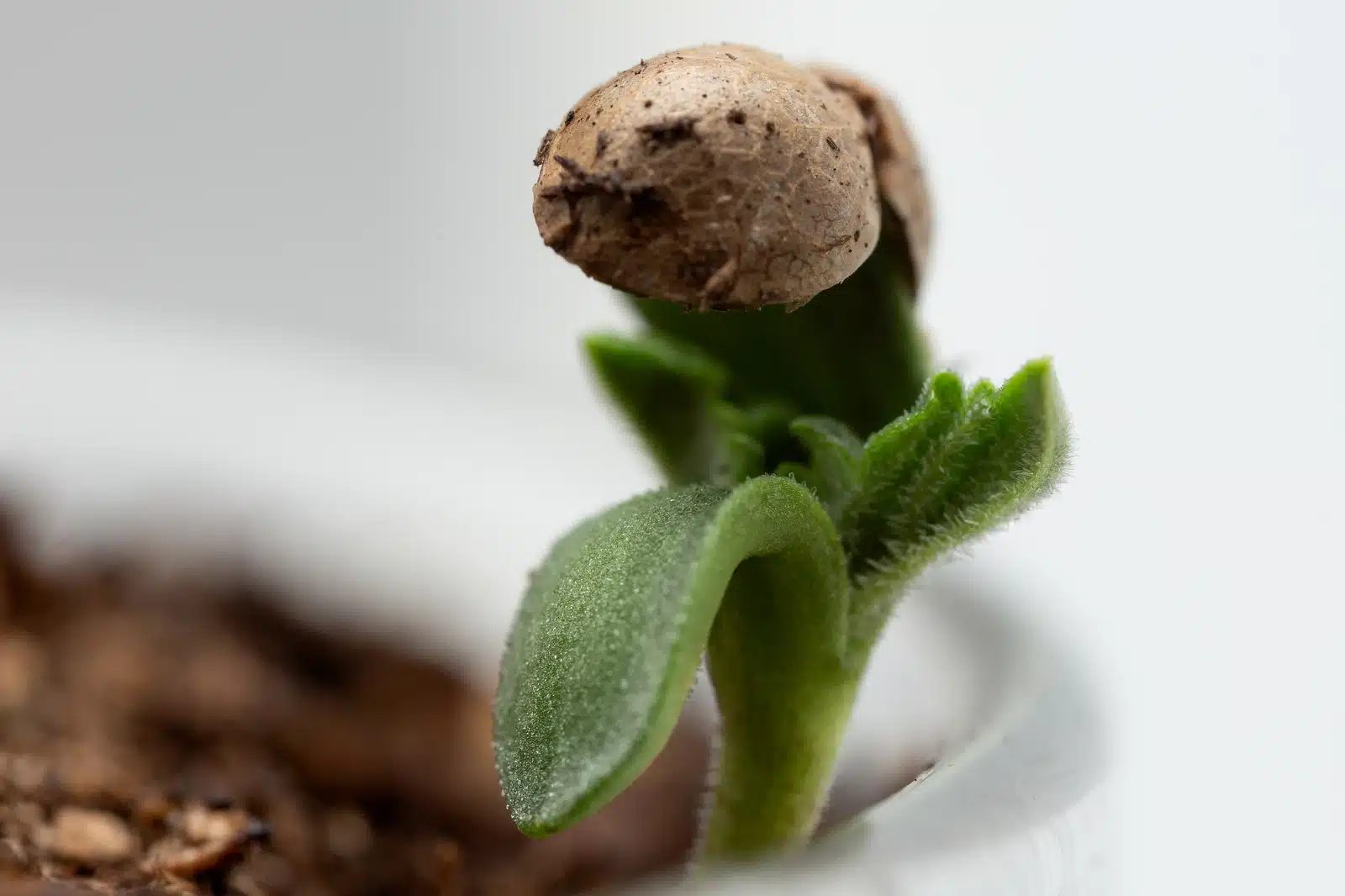
When growing your own weed, first explore online resources to purchase marijuana seeds and do some research on what strains are best for beginners.
To begin, spend some time investigating digital platforms where you can procure cannabis seeds as well as gathering data about which strains are most suitable for novices. Strains with lower THC and higher CBD content, such as Gelato and Sour Diesel, could be suitable. One invaluable source of information is Grow Diaries or Grow Weed Easy, where experienced cultivators Sirius Fourside and Nebula Haze have put together numerous pages filled with helpful tips and knowledge for beginners.
Essential Tools for Cannabis Cultivation
The key elements for cannabis cultivation are light, water, nutrients, air, and temperature. To produce healthy cannabis plants from seeds at home, cannabis cultivators need to effectively control these factors. By taking these elements into account, you can ensure the successful growth of your cannabis plants.
Choosing Between Indoor and Outdoor Cultivation of Cannabis
Your location might dictate whether outdoor or indoor cultivation is more suitable. If you reside in a sunny, moderate climate like San Diego or the Mediterranean, outdoor cannabis cultivation might be best. Conversely, if you have adequate indoor space with a robust lighting system and climate control, indoor cultivation could be more favorable.
Cultivating Cannabis Made Easy: Indoor Cultivation
- Light: Innovative lighting technology, especially LED lights, has simplified indoor cannabis cultivation. However, the high initial cost, potentially over $800, might discourage some novices. If budget is not a concern, then investing in LED lighting could be worthwhile. However, more affordable lighting options are available, which, while perhaps not as energy-efficient as LEDs, could be easier on your pocket. Despite the initial cost, LEDs can save money in the long run due to their superior efficiency.
The process of growing marijuana indoors is easier than it once was, thanks to innovative lighting technology, especially LED lights.
- Water: If your plants’ leaves are any color other than a lush green, they need watering. Quality is as vital as quantity, and a handheld water quality meter can be handy for checking mineral and chemical content. This device can also monitor pH levels, which should be between 5.5 and 6.5 for indoor cannabis. With a watering schedule and a few simple supplies, you can keep your cannabis plants well hydrated.
- Nutrients: Indoor cannabis cultivation often involves hydroponic systems rather than soil. Hydroponics utilizes mineral nutrient solutions in a water solvent, allowing for up to 90% more efficient water use and space utilization—crucial factors for indoor cultivation. While a good hydroponics system can be expensive, it offers an all-in-one solution for water and nutrient needs.
- Air: Stagnant air can harm your plants, so keep your indoor space well-ventilated. An oscillating fan is an affordable solution. If the elements are not harsh and there are no extreme temperature changes, you can also use window ventilation.
Stale air is the enemy of a healthy plant, so you’ll want to keep a flow going in your indoor space.
- Temperature: Consistent temperatures between 65 and 75 degrees Fahrenheit during the day and no less than 60 degrees at night are crucial when cultivating cannabis indoors. Depending on your location, you may need to adjust your home’s thermostat or allow your cannabis to grow at room temperature.
Cultivating Cannabis Made Easy: Outdoor Cultivation
- Light: Natural sunlight is the best source of light for outdoor cannabis cultivation. Choose a location with at least eight hours of direct sunlight each day for optimal growth.
- Water: Hydration needs depend on the plant’s life stage, but a good rule of thumb is to keep the soil from drying out. For smaller gardens, hand watering is sufficient. Monitoring pH levels, which should be between 6 and 7 for soil-grown marijuana, is also crucial.
- Nutrients: Organic fertilizers like compost or fish meal can provide ideal nutrients to help your outdoor cannabis plants bloom. However, use them sparingly to prevent overfeeding, which can be more harmful than underfeeding.
Organic fertilizers such as compost or fish meal are ideal nutrition to help your outdoor cannabis plants flower.
- Air: When growing cannabis outdoors, air quality control is not required. However, choose a location where the climate is neither excessively dry nor overly humid for optimal growth.
- Temperature: The ideal temperature range for outdoor cannabis cultivation is similar to indoor cultivation, with daytime temperatures between 65 and 75 degrees Fahrenheit and nighttime temperatures above 60 degrees Fahrenheit. The exact temperature range may vary depending on the plant’s stage (seedling, flowering, etc.), but extreme temperatures should always be avoided.
Reaping Your Cannabis Crop
Once you’ve adhered to these straightforward steps and fine-tuned your light, water, nutrient, air, and temperature controls, your cannabis plant should yield an impressive crop. Enjoy the cultivation process and try different methods to harvest the best quality buds.

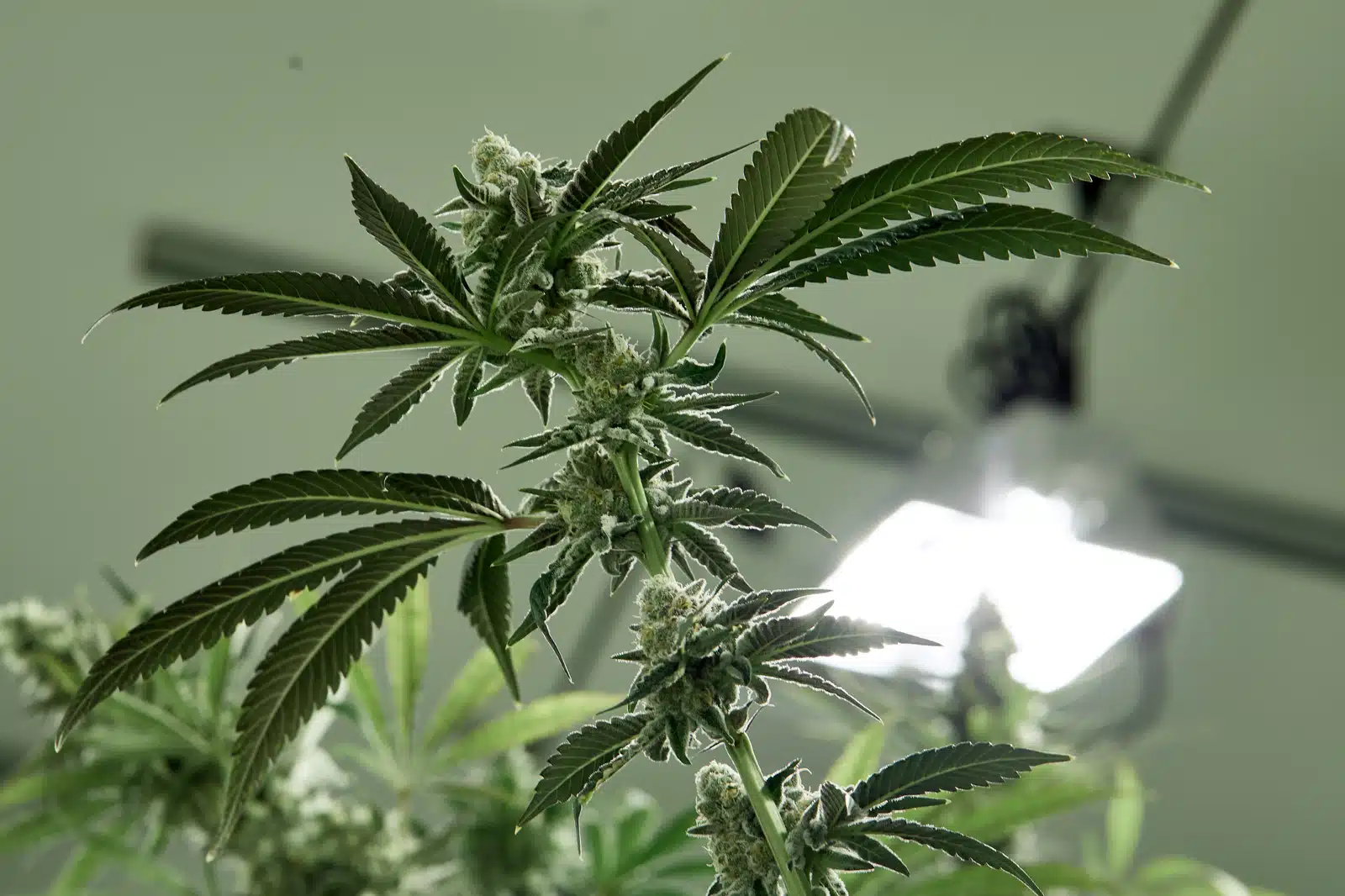
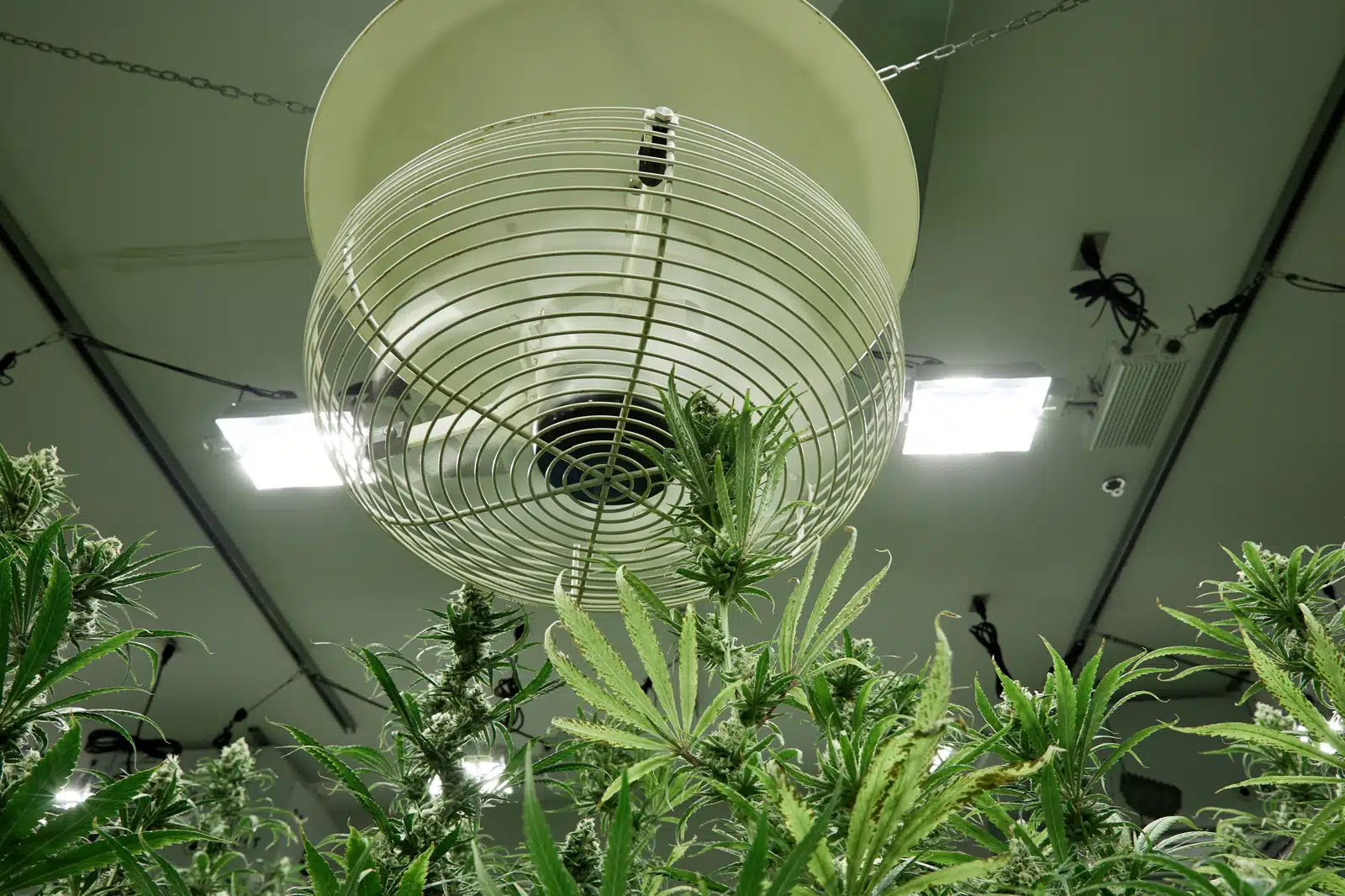
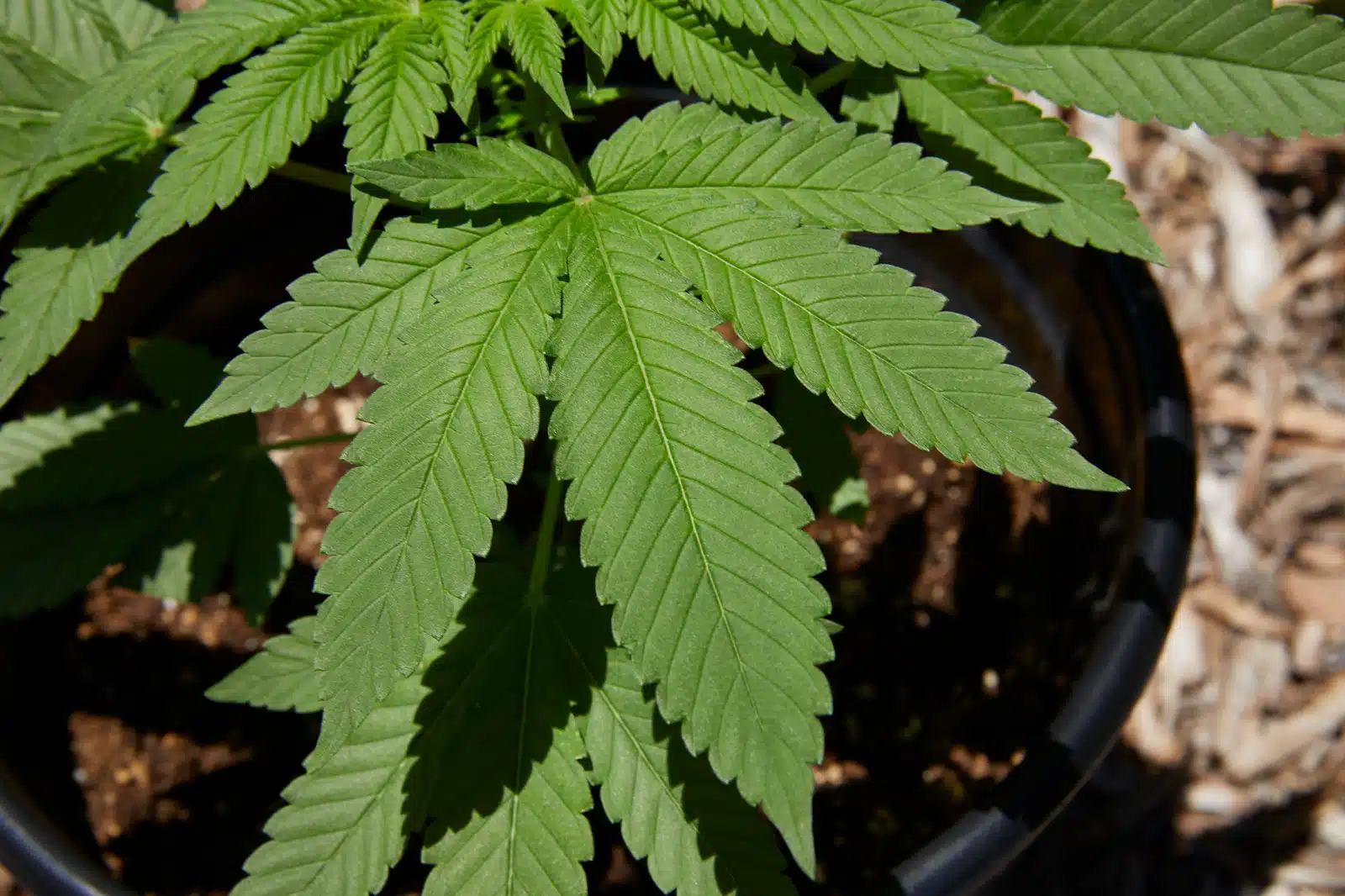
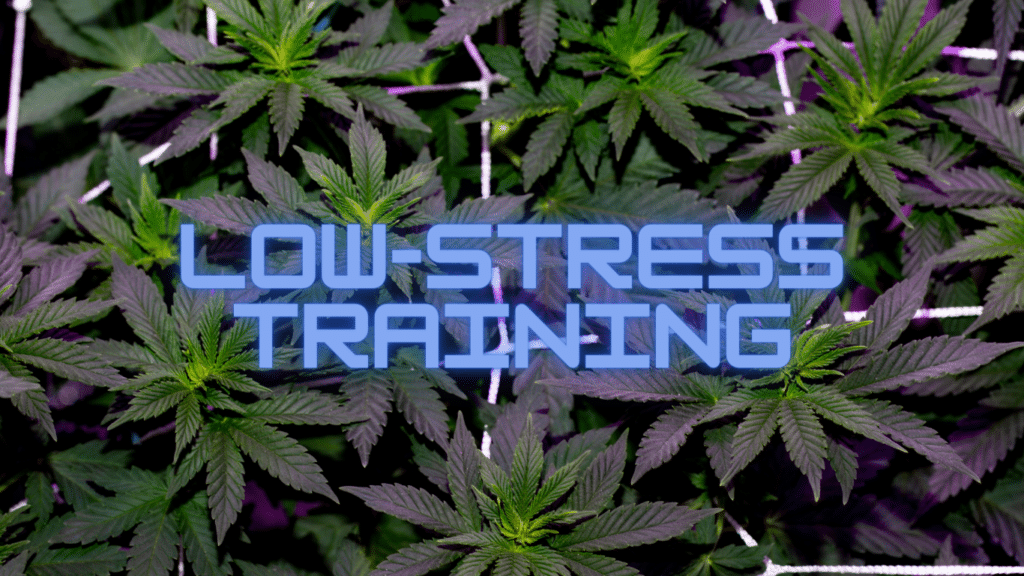
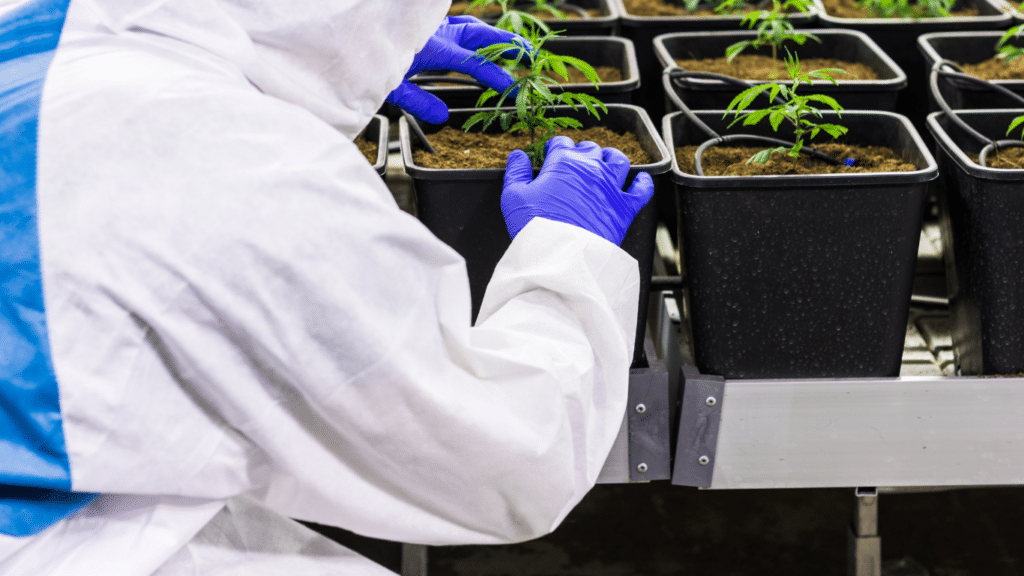
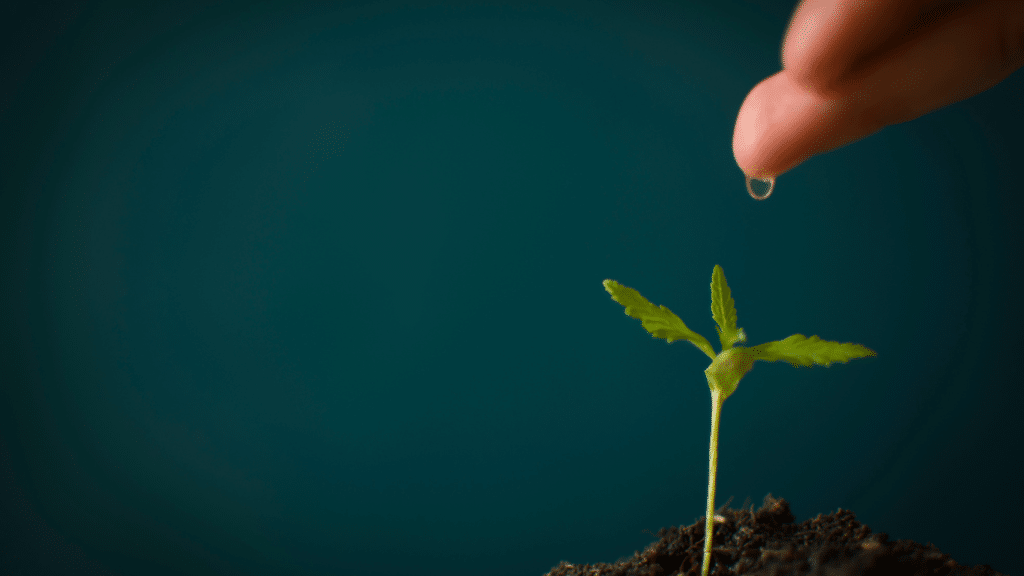

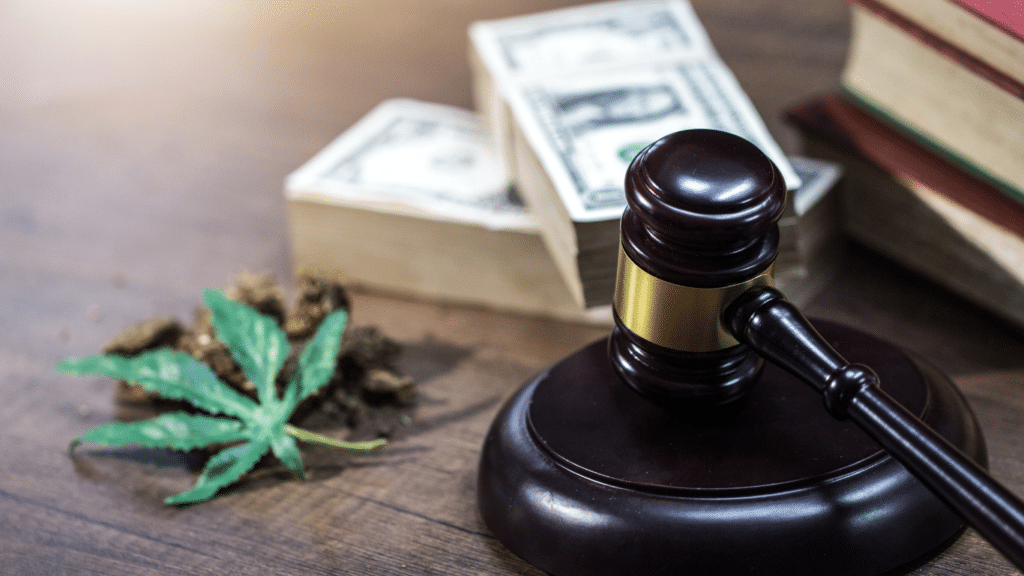
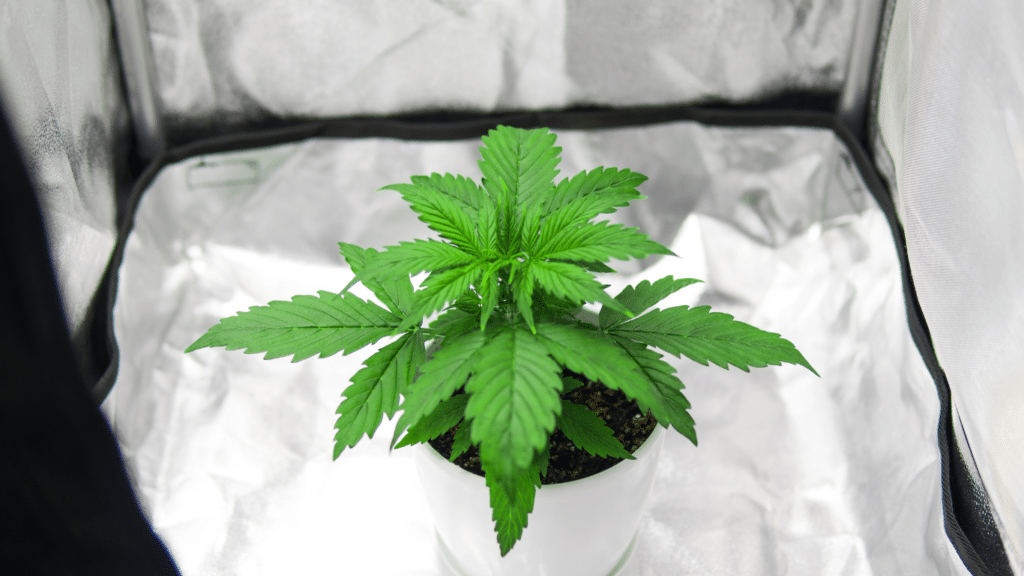
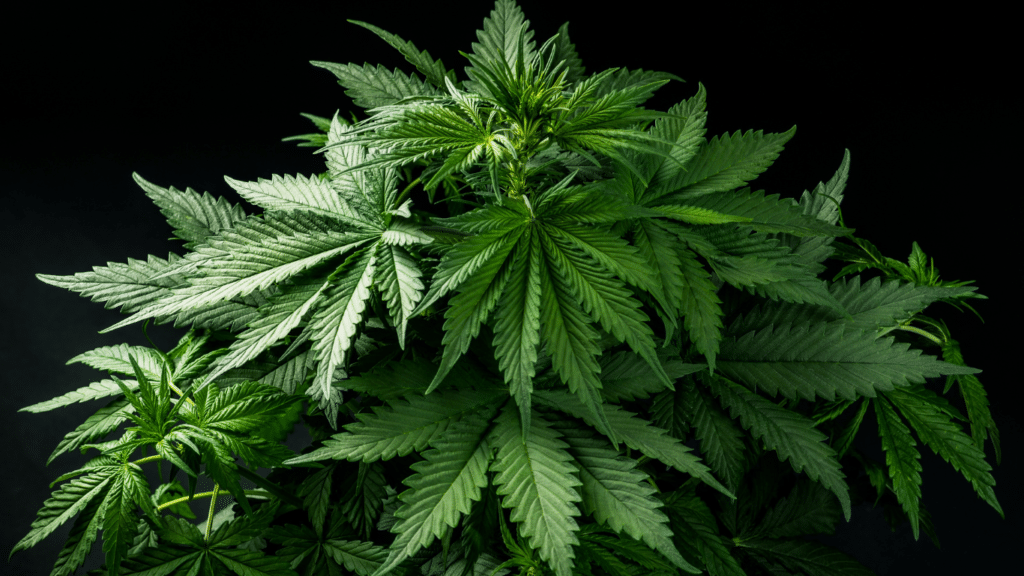
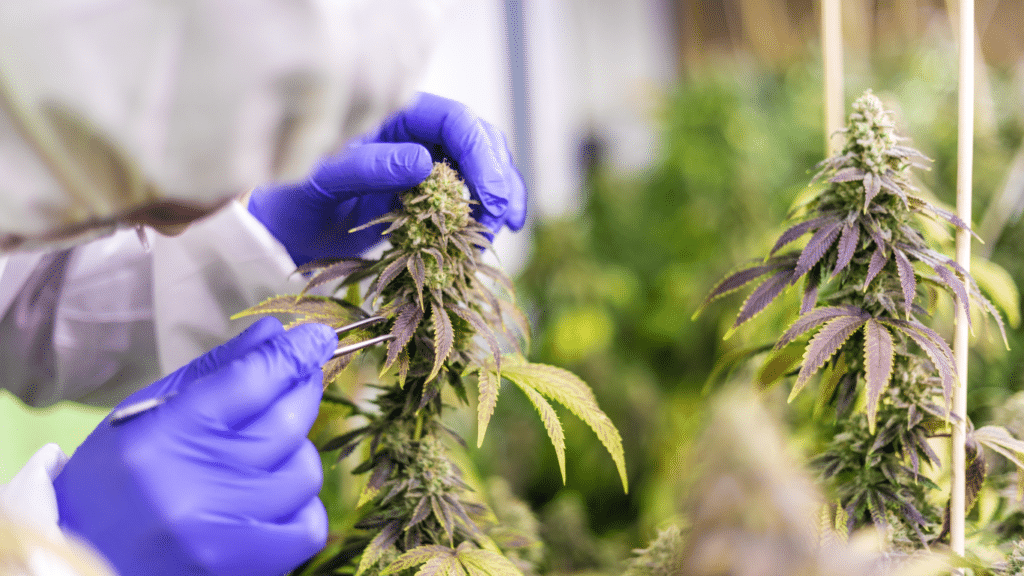
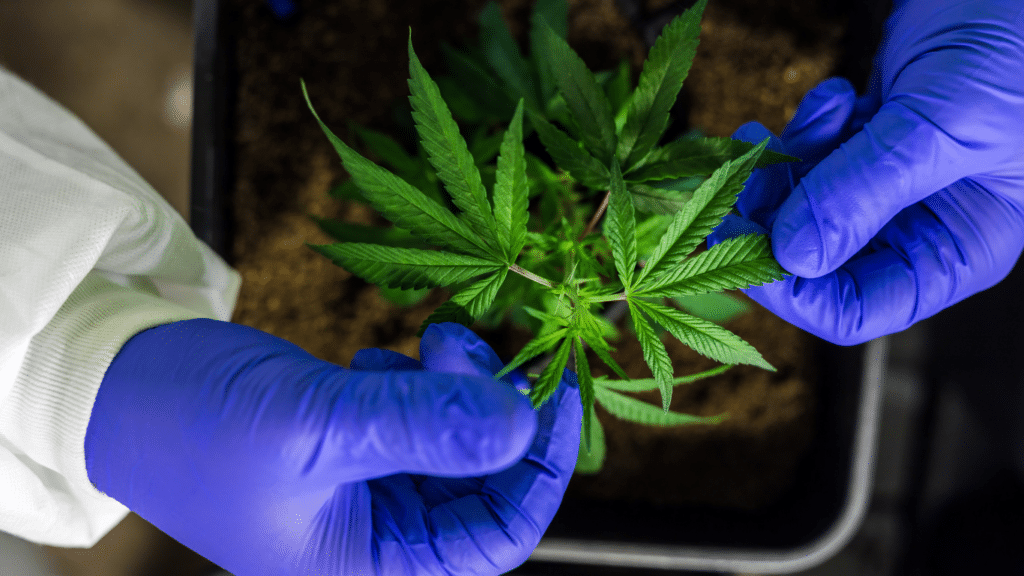
![Growing Autoflowering Cannabis Seeds in 2022 [Full Guide] | SeedsPlug](https://seedsplug.com/wp-content/uploads/2022/05/growing-autoflowering-cannabis-seeds-in-2022-full-guide-growing-tips-seedsplug-1024x579.png)